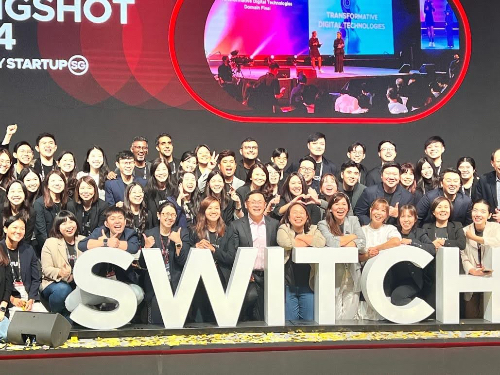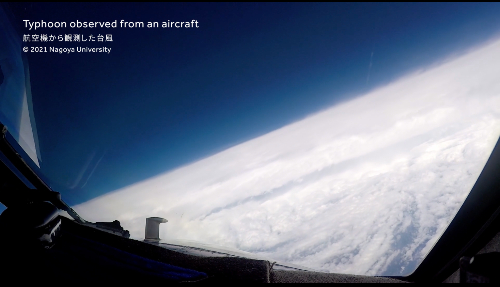J-STORIES - For many people, pets are irreplaceable family members, but what can we do to protect the health of our animal companions? A Japanese company has developed an AI-powered system to quickly determine risk of disease using facial photos of dogs, cats and other pets.
Tokyo-based Anicom Holdings Inc. is the first company in the world to acquire a patent for AI disease prediction and aims to commercialize its technology within the next 1 or 2 years.
The company has already used AI in other preventative services, such as analyzing insurance claims data from Anicom Insurance, a group company that provides pet insurance, to provide information on the diseases to which particular breeds are susceptible. It also measures the intestinal flora found in animal stools to determine their risk of developing different diseases.

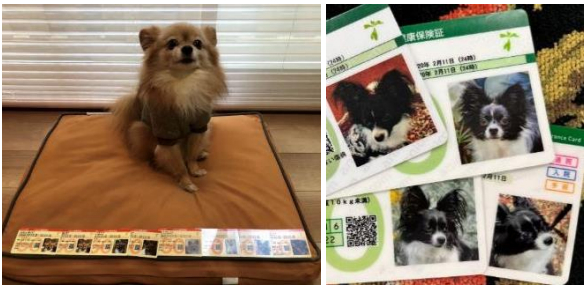
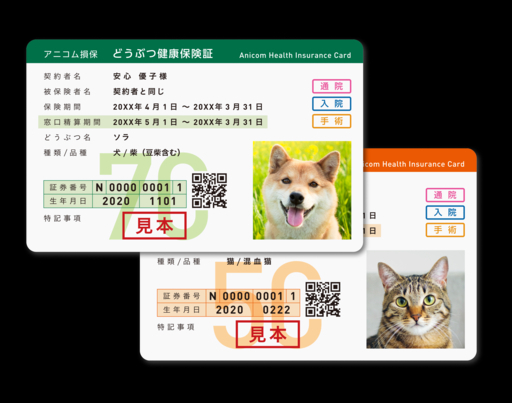
The company provides more than one million pet insurance policies (including renewals) each year, of which around 70 to 80 percent are for dogs. For each new policy or renewal, facial photos of the animals are acquired as data.
“We wondered whether we could use this huge amount of facial photo data and insurance claim disease data to improve the health of pets,” said Ryo Horie, Executive Officer in charge of Product Service Dept. and Research&Development Dept at Anicom Holdings Inc.
The system uses AI to analyze the facial data to find small changes that can be linked to disease data in the insurance claims. The aim is early detection and treatment of diseases that afflict pets.
For the moment, the system is designed to work with data from dogs and cats. Once facial photos are uploaded, it can predict the risk of skin, eye and ear disease. For example, in tests using photos of toy poodles’ faces, the system was able to predict the onset of ophthalmologic diseases within one year with around 70% accuracy.
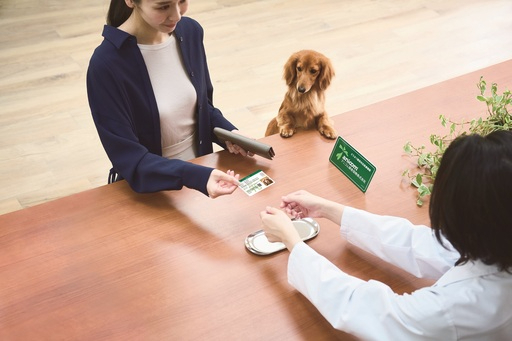

Horie told J-Stories that the system is capable of highly accurate predictions depending on what data is uploaded by pet owners.
“Although the system we are developing uses facial photos, if we collect data on other parts of the body or of animals walking, she should be able to predict other diseases at an early stage,” he said.
On average, dogs live for 12 years and cats 15 years, but suffer increasing ill health from around the age of eight. According to Anicom research, the medical costs paid by pet owners increases rapidly around the time their pets reach this age, often exceeding 100,000 yen per year. Being able to recognize the signs of illness before disease takes hold would not only benefit pets, but also reduce the financial burden on their owners. As well as using the system to help pets belonging to their own policy holders, Anicom is considering providing it to veterinary hospitals and using at animal events, such as dog and cat shows.
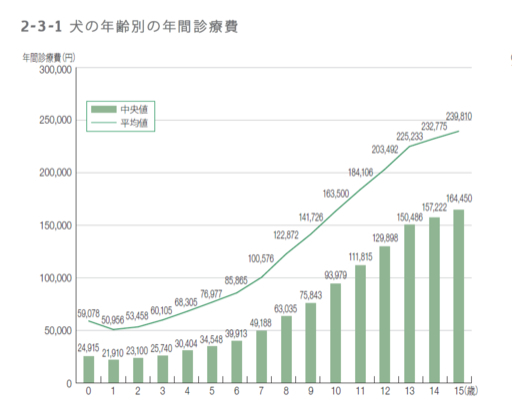
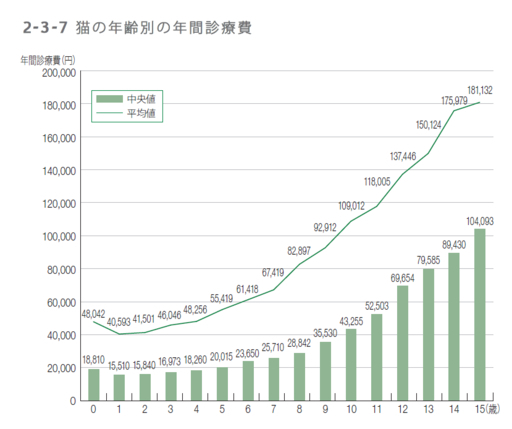
Services that make use of the newly developed system could not only predict disease risk, but also provide information on appropriate pet food, pet lifestyle, and other information to help prevent disease.
Translated by Tony McNicol
Photo by Anicom Holdings Inc.
For inquiries about this article, please contact jstories@pacificbridge.jp
***
Click here for the Japanese version of the article
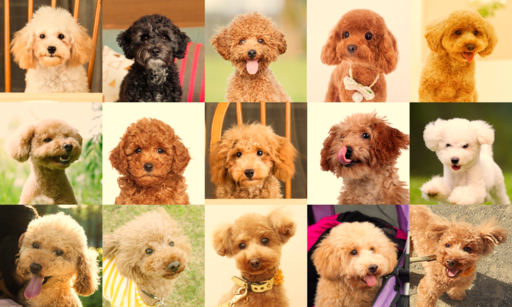


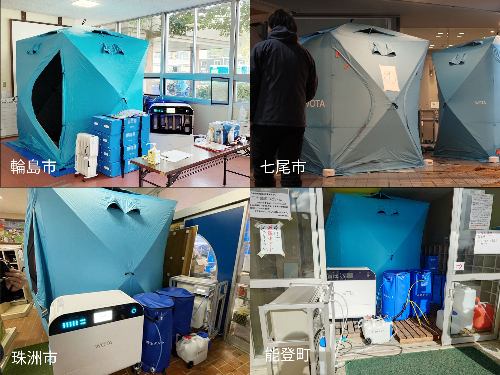
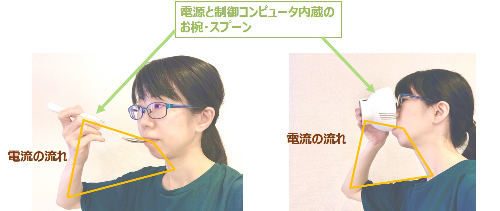


![[Podcast] Why SaaS is growing so much faster in Japan — Interview with Shinji Asada at One Capital (Part 2)](https://storage.googleapis.com/jstories-cms.appspot.com/images/1734080067275unnamed-10_bigthumbnail.jpg)
![[Podcast] Why SaaS is growing so much faster in Japan — Interview with Shinji Asada at One Capital (Part 1)](https://storage.googleapis.com/jstories-cms.appspot.com/images/1733460280070unnamed-2_bigthumbnail.jpg)
![[Tokyo Updates] Turning Tempura Oil into Fuel: 30 Years of Environmental Efforts by Tokyo Entrepreneur](https://storage.googleapis.com/jstories-cms.appspot.com/images/1729231881027Oil%20_bigthumbnail.jpeg)






